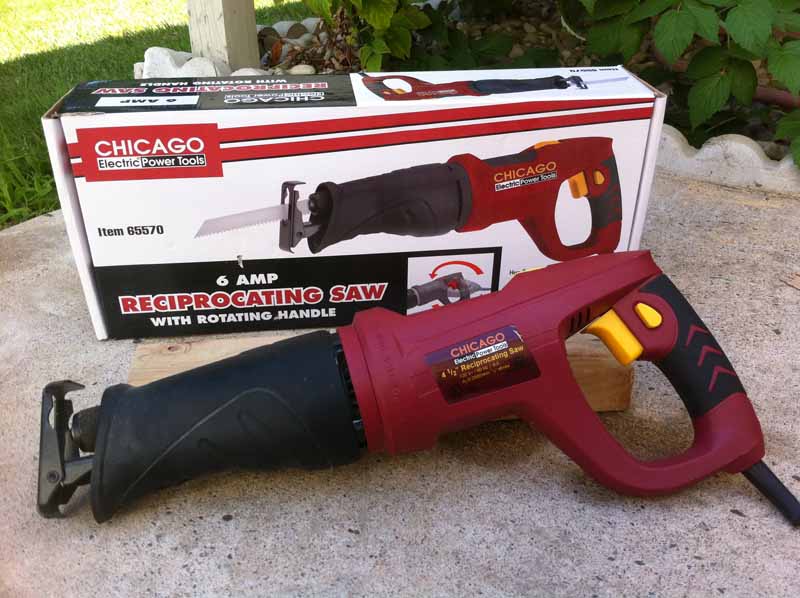In the world of industrial machinery, hydraulic and pneumatic tools are the unsung heroes, powering everything from construction equipment to aircraft systems. These tools, often overlooked in the grand scheme of industrial operations, are the backbone of many industries. This article aims to delve into the intricacies of these tools, their applications, and the latest advancements in the field.
Hydraulic and pneumatic tools, at their core, are all about harnessing the power of fluid and air pressure. Hydraulic tools utilize the force of an incompressible liquid, typically oil, to generate power, while pneumatic tools use compressed air or gas. The principle behind both types of tools is Pascal's law, which states that pressure applied at any point in a confined fluid is transmitted equally in all directions.
Hydraulic tools are known for their high power-to-weight ratio. They are capable of exerting immense force, making them ideal for heavy-duty applications such as excavators, cranes, and hydraulic presses. These tools are also highly reliable, with fewer moving parts than their mechanical counterparts, reducing the chances of mechanical failure.
On the other hand, pneumatic tools are prized for their lightweight and compact design. They are often used in applications where portability and ease of use are paramount, such as handheld drills, nail guns, and spray paint guns. Pneumatic tools also have the advantage of being safe to use in explosive environments, as they do not produce sparks.
In recent years, there have been significant advancements in both hydraulic and pneumatic technology. For instance, the advent of digital hydraulics has allowed for more precise control and efficiency in hydraulic systems. Similarly, advancements in pneumatic technology have led to the development of more energy-efficient and environmentally friendly tools.
One of the most exciting trends in the field is the integration of hydraulics and pneumatics with smart technology. The advent of the Internet of Things (IoT) has opened up new possibilities for remote monitoring and control of these tools. This not only increases efficiency but also reduces downtime due to maintenance and repairs.
In conclusion, hydraulic and pneumatic tools are integral to a wide range of industries, from construction to aerospace. As technology continues to advance, we can expect these tools to become even more efficient, reliable, and versatile. Whether you're an industry professional or a curious onlooker, understanding the workings of these tools can provide valuable insight into the inner workings of the industrial world.

